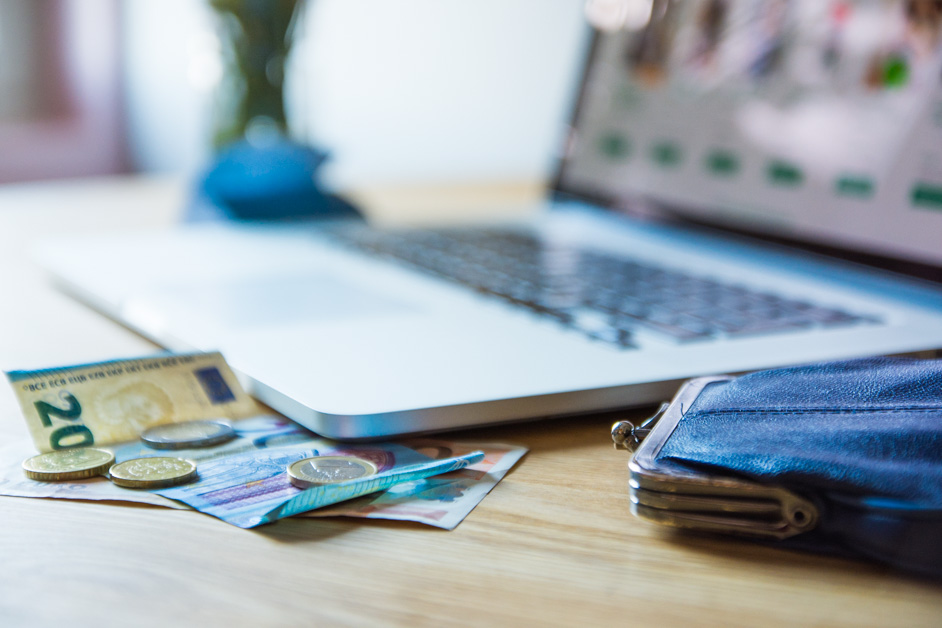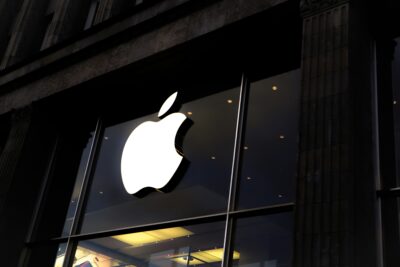
Taking advantage of PSD2 and the open banking disruption
PSD2 and open banking is no longer a new thing, but its adoption rate in Europe is surprisingly low. It has been estimated that only 5-7% of Europeans have used open banking. How could your business make the most out of PSD2 and open banking?
From the merchants’ perspective, the need to make changes in payment methods usually originates from two different angles: either from an urge to save in costs or a need to enable more business by providing new payment methods that the customers would like to use.
Although the pricing benefits of PSD2 payments are likely to become a strong competitive advantage, the new payment methods will not truly break into the market before the general public embraces them. Currently the adoption rate in Europe varies between the countries due the regulatory differences and consumer preferences.
While the price for merchants remains the same as before, there is hope in the market that PSD2 payments will make cracks in the uniform pricing of payment services.
“In the Baltics, we can already see that the transaction prices are dropping heavily due to PSD2. There is a really big difference between the old methods and PSD2, and hopefully we will see similar changes in Finland and in the Nordics, too”, says Joonas Tomperi from Enable Banking.
With all the heavy regulation and need for compliance, it remains to be seen whether we’ll get lower price points for payments. PSD2 did not include standardisation of APIs, which led to TPPs having to be integrated with non-standard APIs. PSD3 is now being prepared to improve the situation.
New buying methods need changes in consumer behaviour
It is the merchant’s responsibility to enable different payment methods for the users. In Finland, we have a working e-invoice system – although the onboarding experience is bad and prices are high – as well as direct bank payments, which in some cases are the same as PSD2 buttons.
“Different use cases need different payment methods, but it is up for the market to decide which method will be the preferred one. It will require a much better user experience though for a certain payment method to excel over the others and find traction with the public”, Tomperi says.
As the in-store transaction fees for card transactions are increasing, merchants are considering alternative solutions for the payments – such as account-to-account with cards or QR codes. QR codes could be a lucrative alternative payment method, which would nevertheless need some user education to make people see its value.
Also, a new payment method going by the name of request-to-pay will enable even more straightforward payments both in-store and in digital channels. In request-to-pay, merchants have the possibility to directly request a payment from the customer via a payment request sent either to their mobile banking app or other payment app. However, some kind of regulation could be needed to encourage all banks to allow the new payment method soon enough.
”Transaction costs for account-to-account payments enabled by PSD2 are only a fraction of costs of card payments”, says Qvik’s payment specialist Mikko Vahter.
“This especially stands-out in high-value payments. Merchants should adopt new payment methods to maximise conversion, reduce costs and enable easy checkout for customers”.
Join our next event?
This article is based on discussions that took place in a roundtable event Qvik hosted earlier this fall. The discussions were hosted by Joonas Tomperi from Enable Banking, Luis Orozco from Schibsted and Perttu Kröger from MobilePay. You can read our previous article about the event here: Marketplaces are built on trust – this won’t happen without secure payments.
Qvik facilitates roundtable meetings and similar events on a regular basis. In the most recent one, held on Wednesday, September 7, we gathered at Erottajan Kasino to discuss the role of marketplaces in digital e-commerce from the point of view of payments.
The topic of our next event on November 16th is going to be the rise of alternative payment methods.
If you would like to hear more and join the next roundtable event, please contact advisory@qvik.fi and we will keep you posted!



